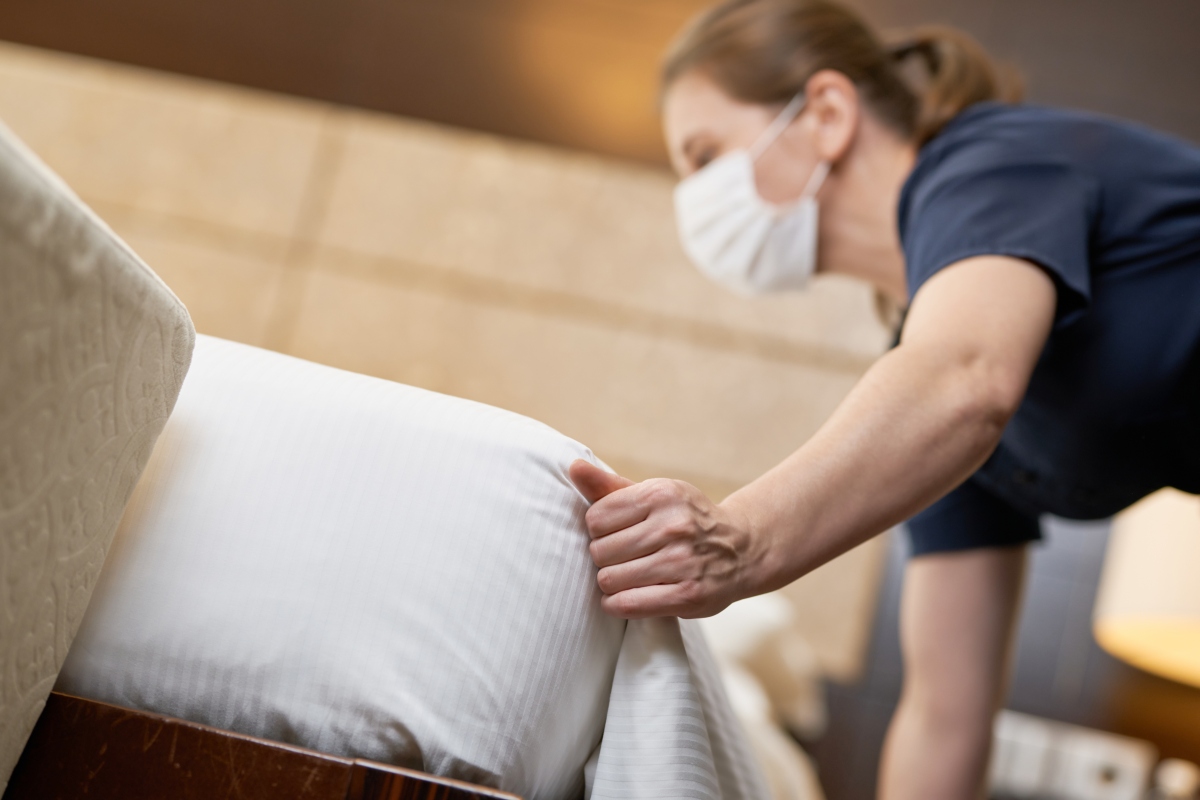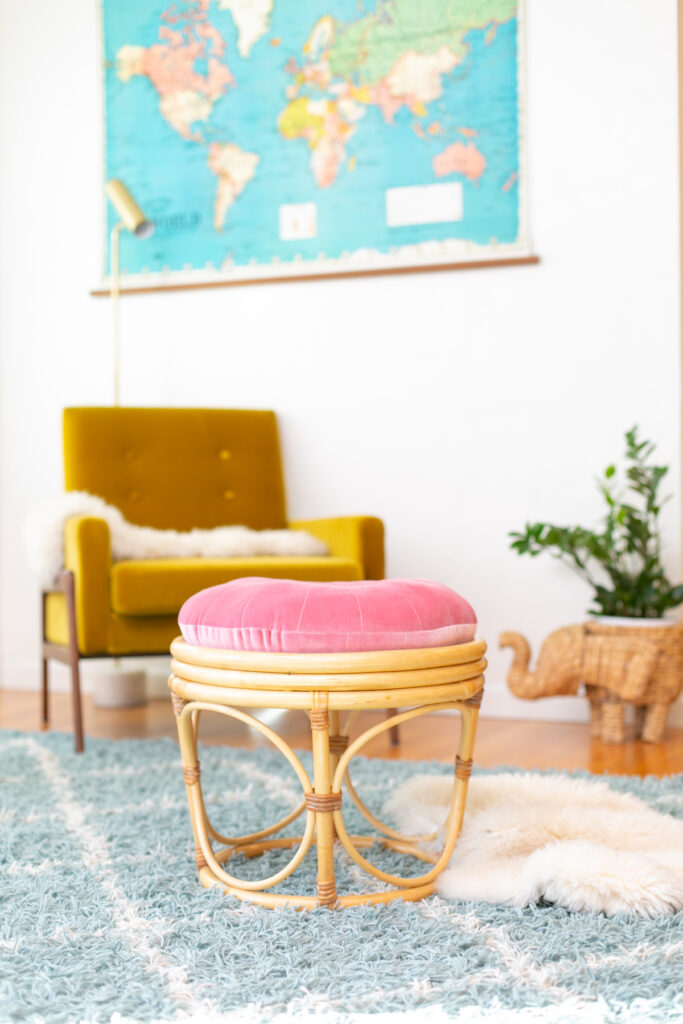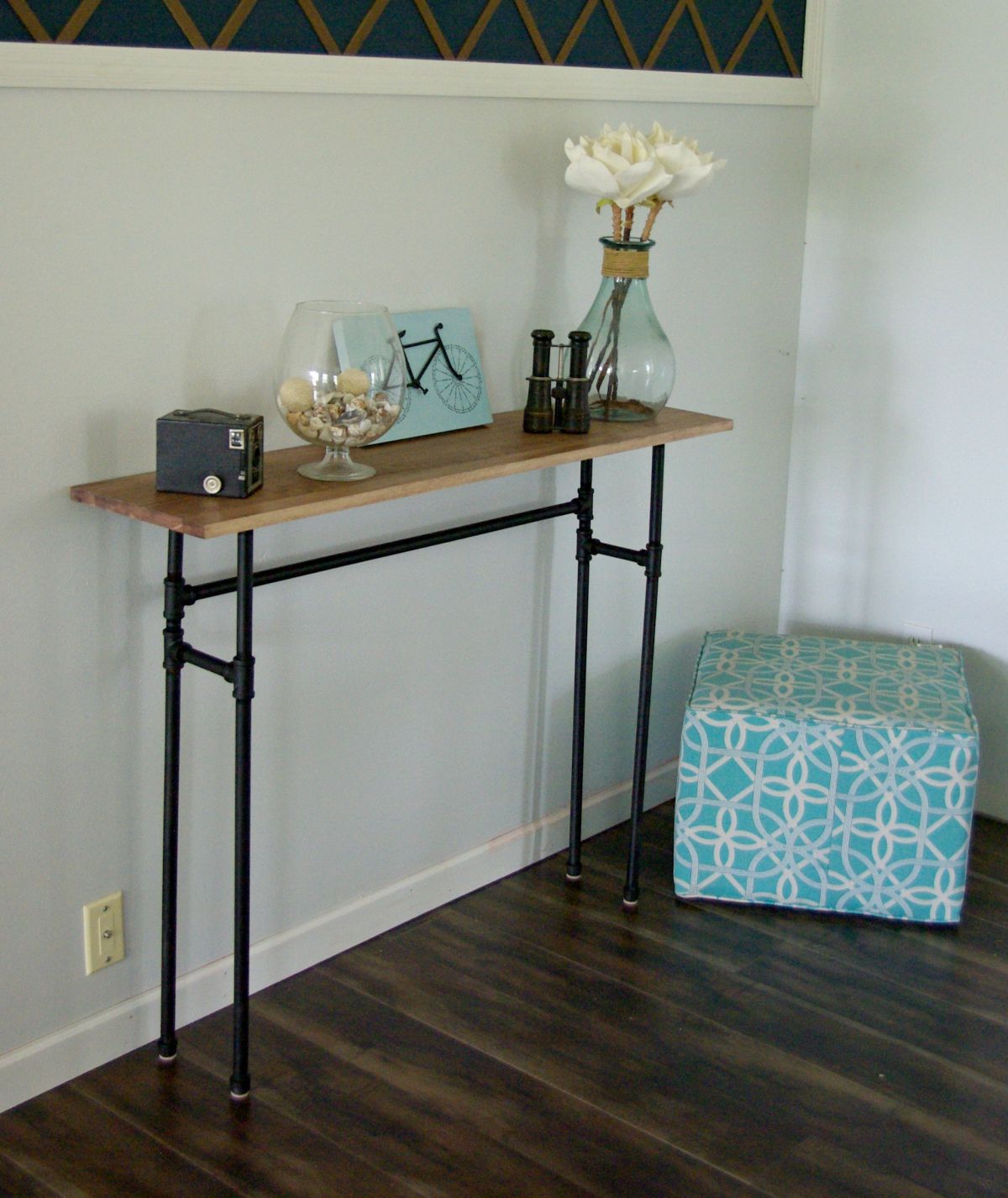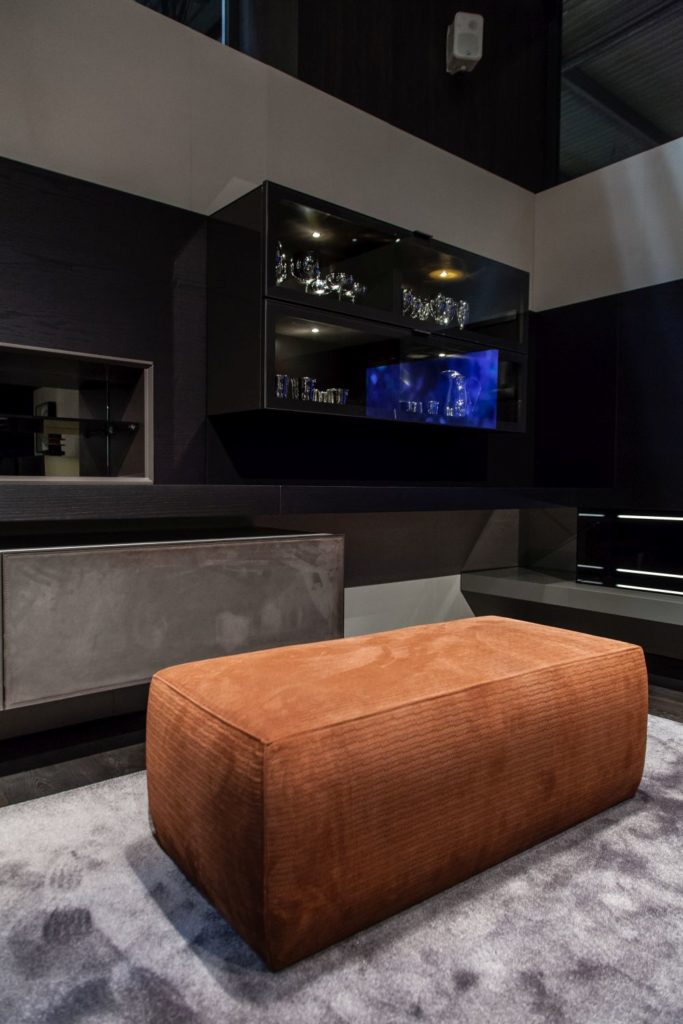Bed bugs, which are tiny but hardy, infect soft furnishings such as mattresses throughout your home and are difficult and time-consuming to eradicate. Unfortunately, bed bug infestations are on the rise. Experts attribute this to increased global travel, a lack of understanding of pest identification and extermination, and the bug’s increased resistance to pesticides.
Bed bugs can be eliminated, but a long-term solution requires a strategic and comprehensive approach. These tiny pests spread and reappear if not addressed comprehensively. When preventive measures are combined with efficient treatment techniques, success is possible. In this process, even tiny details matter. A proactive mindset will ensure that bed bugs are eradicated once and for all, allowing you to return to your clean and comfortable living space.

Bed bugs exist all over the world and you can pick up these travelers anywhere. The key to getting rid of bed bugs is to first identify and understand the problem and then approach the problem with the will and courage to succeed!
Identify the Problem
A bed bug infestation leaves telltale signs that are identifiable once you know where to look and what you are looking for. Bed bugs are small, flat, oval-shaped bugs with a reddish brown color. Adult bugs are 1/4-⅜ inches long and are easily seen by the naked. Nymphs are young bed bugs and are smaller and paler in color. The eggs are tiny, white, and oval-shaped. They are around 1 mm in size.
There are several ways to tell if you have an infestation, including their physical presence, bites, or musty odor.
Physical Presence: Start by looking for bed bugs in mattresses, box springs, and seams, such as mattress piping. Check the sheets and mattresses for bugs and/or reddish brown stains. Look for shed skins, which bugs produce as they grow. Examine the cracks and crevices between the bedframe and mattress, electrical outlets, and the cracks of furniture such as recliners where people sit for long periods of time.
Bites: Bed bug bites are typically small, measuring 2-4 mm, but they can grow larger if you are more sensitive. The bites are typically clustered rather than singular.
Odor: Bed bugs produce a musty odor, similar to mold or wet towels. This smell can develop in heavily infested areas.
Understand the Scope of the Infestation
Before you begin to deal with the infestation, you need to understand how widespread it is. If you live in a single-family home, inspect all the rooms of your home to find out which areas will need to be part of the treatment.
For those who live in apartments, your approach will need to include both the management and, potentially, the dwellers in other units. Notify the management immediately because this effort will require coordination. Bed bugs can easily spread through walls, vents, and outlets. Landlords may have a responsibility to share in the treatment, depending on the rules of your building or the laws in your area.
Declutter and Isolate Affected Items
Some people make the mistake of moving infected blankets and sheets into another room, which will only spread the infestation. While it is vital to declutter the area to clear the space of places the bugs can hide, you must do it carefully to avoid this.
Remove blankets, sheets, toys, and other bedding or soft textile items out of the room, but place soft items in a sealed plastic bag. Sort these into washable and non-washable piles. Keep infested furniture in the room to avoid spreading the bugs to another location.
Deep Clean Everything in the Room
You must take a systematic approach to cleaning everything in the infested room, though you will use different methods for the various items.
Cleaning Washable Linens: Machine washing will kill bed bugs if you wash and dry them with hot enough temperatures. Wash all of your linens in hot water (at least 140 degrees Fahrenheit) for at least 90 minutes. Dry them on high for at least 30 minutes.
Cleaning Your Mattress and Bed: Start by vacuuming the mattress, box spring, and bed. Next, heat the mattress with a steam cleaner. Work across the entire mattress and box spring. Make sure the steamer temperature is at least 130 degrees Fahrenheit. Finally, wrap the mattress and box spring in a tightly woven zippered protector that is certified for bed bugs and keep it sealed for at least a year. If these methods don’t work, it may be necessary to call in a professional exterminator or get rid of the mattress.
Clean Your Hard Furniture: Use hot, soapy water to wipe down all surfaces of your hard furniture. Do not overlook cracks and crevices where bed bugs can hide. Remove any cushions and steam clean them.
Cleaning Your Carpet: Vacuum the entire room thoroughly. Carpet is an ideal hiding place for bed bugs, so use a high-powered carpet cleaner to shampoo and steam it.
*Pro Tip: Be sure to seal and discard vacuum bags right after you finish vacuuming to avoid the infestation spreading to other parts of your house.
Seal Off Gaps or Openings in Walls
Bed bugs can easily move between walls through tiny cracks, so it is critical to seal as many openings as possible. You can use caulk to seal cracks in the walls and baseboards. Remove any peeling wallpaper where you suspect cracking walls beneath and repair the walls with drywall mud. Look for any gaps around pipes and seal them as needed. Loose switch plates may also provide entry points for bed bugs, so tighten them to prevent gaps.
Using Pesticides
It is a mistake when treating for bed bugs to rely on just one method, so a multi-pronged approach is necessary. This may include the use of pesticides to treat bed bugs. The most effective bed bugs pesticide types are those that use targeted application rather than foggers. Foggers do not reach into the crevices where bed bugs live.
Instead, look for an EPA-approved spray that you can direct into cracks, crevices, and other hiding places. These pesticides also leave a residual amount that will kill bed bugs that come in contact with it after the spray dries. Multiple applications may be necessary depending on the severity of the infestation. Desiccants that the EPA ranks as pesticides can also be useful because the bugs cannot develop resistance, but the EPA warns against using pool or food grade diatomaceous earth because they can be harmful if you breathe them.
When to Hire a Professional
Hiring a professional exterminator is often the best and easiest method for getting rid of bed bugs, so if you have the budget, it might be worth it. Professionals have access to specialized equipment and chemicals that are more powerful than DIY tools.
When you are looking for help, consider companies that have specific experience with bed bug eradication. Most will offer a multi-method approach, follow-up inspections, and guidance to avoid future infestations.
Ongoing Monitoring
Bed bugs are resilient, so ongoing monitoring is required to ensure that they are eradicated and do not return. This will mean regular inspections of favorite hiding places like mattress seams and cracks in the walls. Invest in bed bug interceptors, which are traps placed near the legs of beds to keep the bugs from reaching the mattress. These will show you if the bed bugs are still lingering.
Continue to keep vacuuming frequently and washing and drying bedding on high heat to kill any residual eggs. If you don’t see any bugs for a couple of weeks, this is a good sign, but keep monitoring every week for several months to ensure that they are gone for good. Even once they are, it is best to keep checking key areas periodically to catch any infestation in the early stage.
Preventing Future Bed Bugs Infestations
Once your current bout with bed bugs is over, you will definitely want to prevent future infestations. Keep inspecting the areas in your home where they may like to hide, but you should also focus on bringing new bugs home.
When you travel, always inspect your lodging by examining your mattress, box spring, and carpet for any signs of bed bugs, including dead bugs and reddish-brown staining. Keep your luggage elevated and away from the floors. Don’t put your clothes in drawers that aren’t your own. When you return from trips, thoroughly check and clean your luggage before you bring it inside. Consider hardshell luggage that is easier to clean.
Inspect any second-hand purchases, particularly soft textiles like clothes and bedding. Wash and dry these on hot temperatures to ensure they are clean.
If you like our page please share with your friends & Facebook








